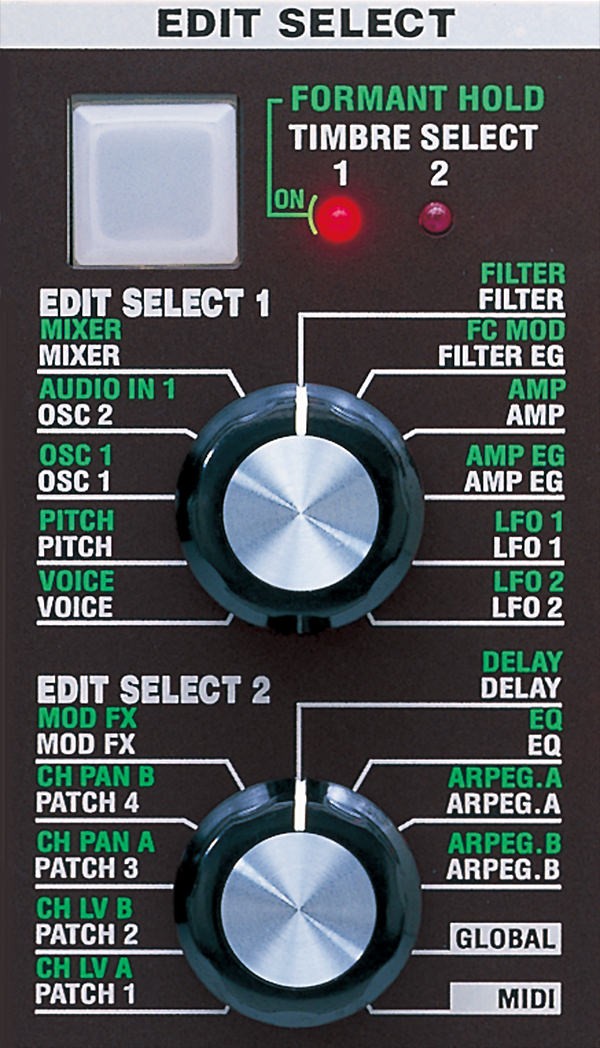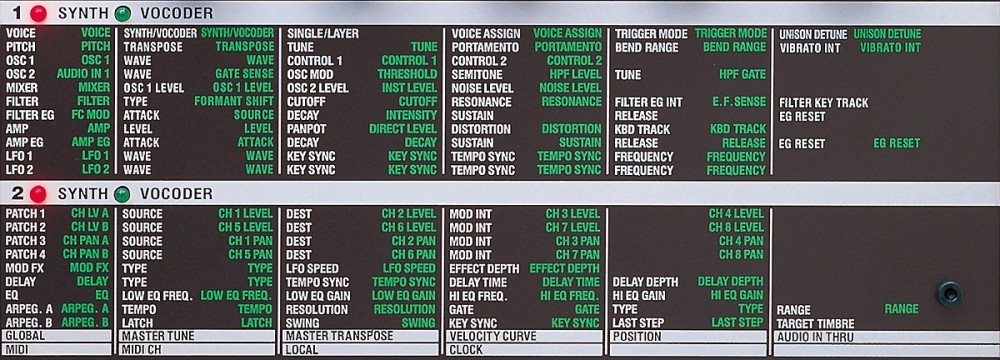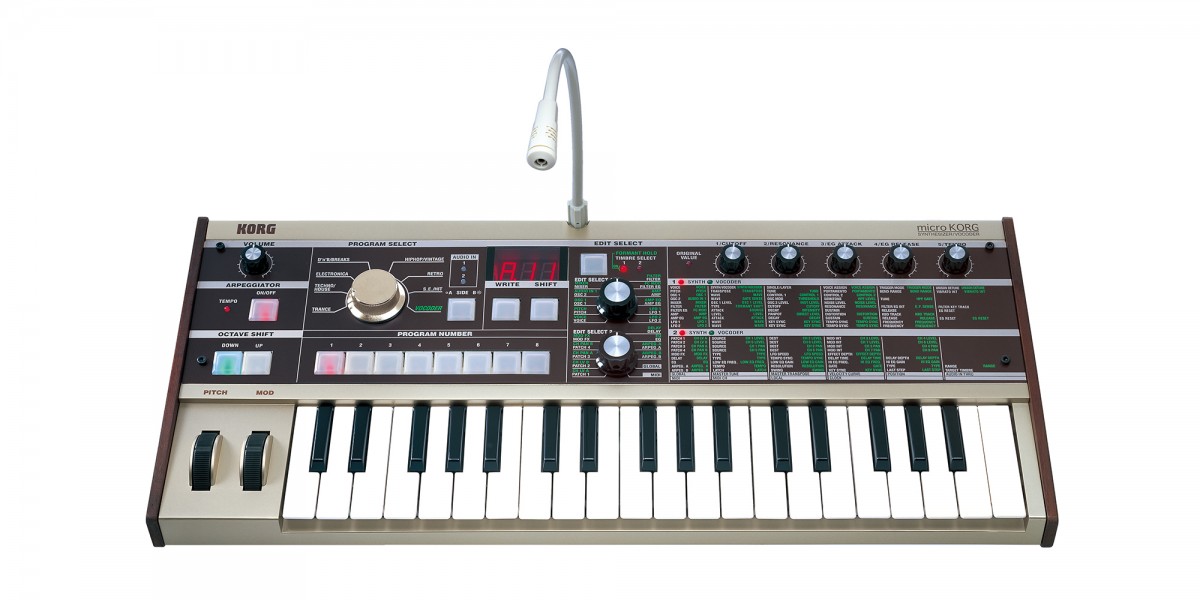A true synthesizer with an analog modeling tone generator
The microKORG is a serious yet compact synthesizer with a strong personality, designed to give you the true enjoyment of creating sounds.
The tone generator features the same DSP analog modeling system as the MS-2000 – which has been acclaimed by musicians for its warmth and broad range of sounds. Offering a wide selection of waveforms, the microKORG offers powerful filters, envelopes, LFOs, effects and modulation possibilities to help you shape the sounds you want.
You can edit the sound easily and intuitively, simply by selecting parameters and turning knobs. Since it’s easy to modify the sound in realtime, the microKORG can play a role in a wide variety of situations ranging from live performance, to recording, to computer control.








